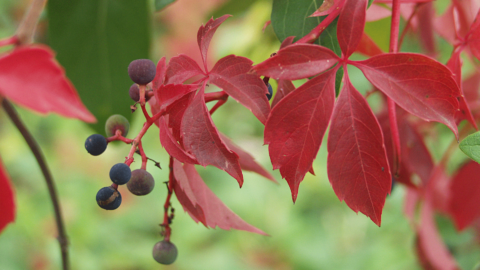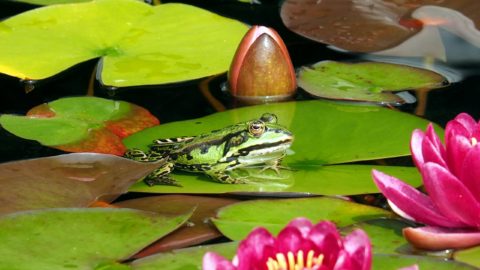The Green, Green, Grass (The Grass Can Be Greener…)
Now is the perfect time to kick-start lawn care as the grass awakens from the dormant winter period, by following some simple steps, you can help maintain healthy grass which looks and feels great!
Before you plan anything, take a few minutes to inspect your lawn, it is likely you will have a mix of moss and weeds, and you may also have bare or yellowish brown patches – these symptoms suggest you need to undertake lawn maintenance.
Mowing
Your lawn will benefit from mowing as it helps make the lawn thicken up. Don’t be tempted to mow when the ground conditions are wet or frosty.
Ensure that your mower blades are sharp and set high for the first cut. Take no more than one third off the length of the grass each cut until you reach the height of around 2” for most domestic lawns.
Cutting too short, either in one go, or gradually, will damage the lawn. If you have moss in your lawn, mow at least ½” above moss height and mow shaded areas 50% higher than non-shady areas.
Feeding
Your lawn requires nutrients in spring sold as granular or liquid lawn fertiliser from garden centres. Do not over feed as you can damage the grass or encourage too much growth too soon,
resulting in a lot of mowing and a less dense lawn.
Aeration
Over time the soil in your lawn will become compacted, limiting nutrients, air and water from reaching the grass roots, leading to an unhealthy lawn. You can aerate using a garden fork or hire
a mechanical aerator, this may also aid lawn drainage too.
Moss & Weeds
Our climate promotes moss that will gradually take over the lawn. Weeds are likely to be present this time of year and will start growing.
If you tackle them early, you can keep them at bay. Moss can be raked out and weeds removed by hand picking or weed killer.
Scarification
An essential maintenance task to remove moss and dead grass from the lawn, allowing more water, air and nutrients to reach the soil surface and making the grass healthier. You can purchase moss remover in garden centres and manually rake out a few days later.
You can hire a mechanical scarifier to make the job easier. Be prepared for some hard work and do not scarify earlier than March or later than May as the lawn will not recover quickly. After, it’s recommended to apply grass seed to fill in the many gaps left.
Patches & Bare Areas
Cutting your grass too short, shade, animal urine or lack of water are some causes of patches. They are cured by aerating the soil, fertilising and regularly watering. Alternatively, replace the areas with new grass seed or turf. Grass will struggle in shady areas, so consider cutting back overhanging vegetation or using shade tolerant seed or turf to replace the patchy lawn areas.
Seeding
Now is a good time to put down grass seed over your existing lawn, to thicken it up. Seeding can also be used where a lawn has bare or dry patches. Seed requires good soil contact, warmth (8oC+) and constant moisture for at least 24 days to have a chance of germinating. Water daily in the morning
or late evening.
Lawn Care Companies
If you are unsure of what to do, have tried the DIY approach or lack the time, consider speaking to your local lawn care company, who can offer expert advice on your lawn’s condition, recommend a weed and feed treatment plan, including specialist labour saving machinery to undertake aeration and scarification.
By Russell Coby







